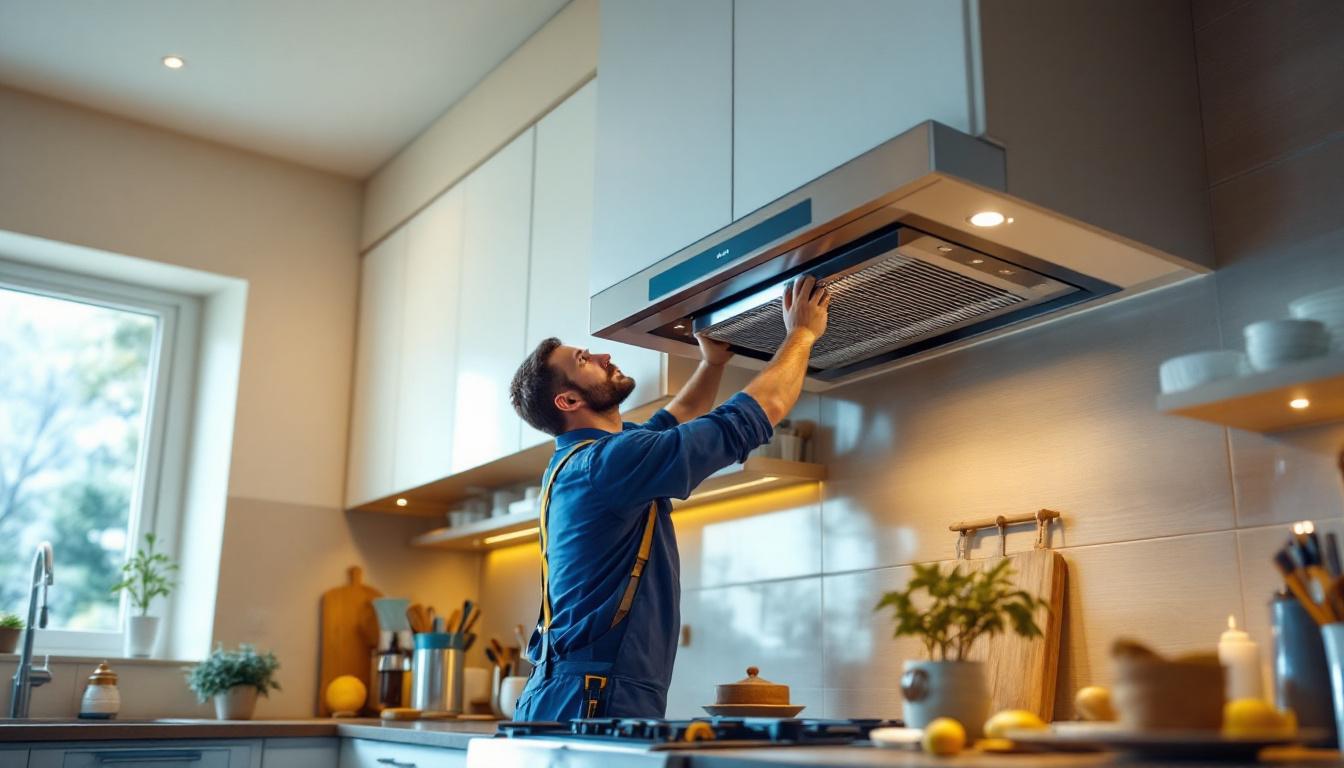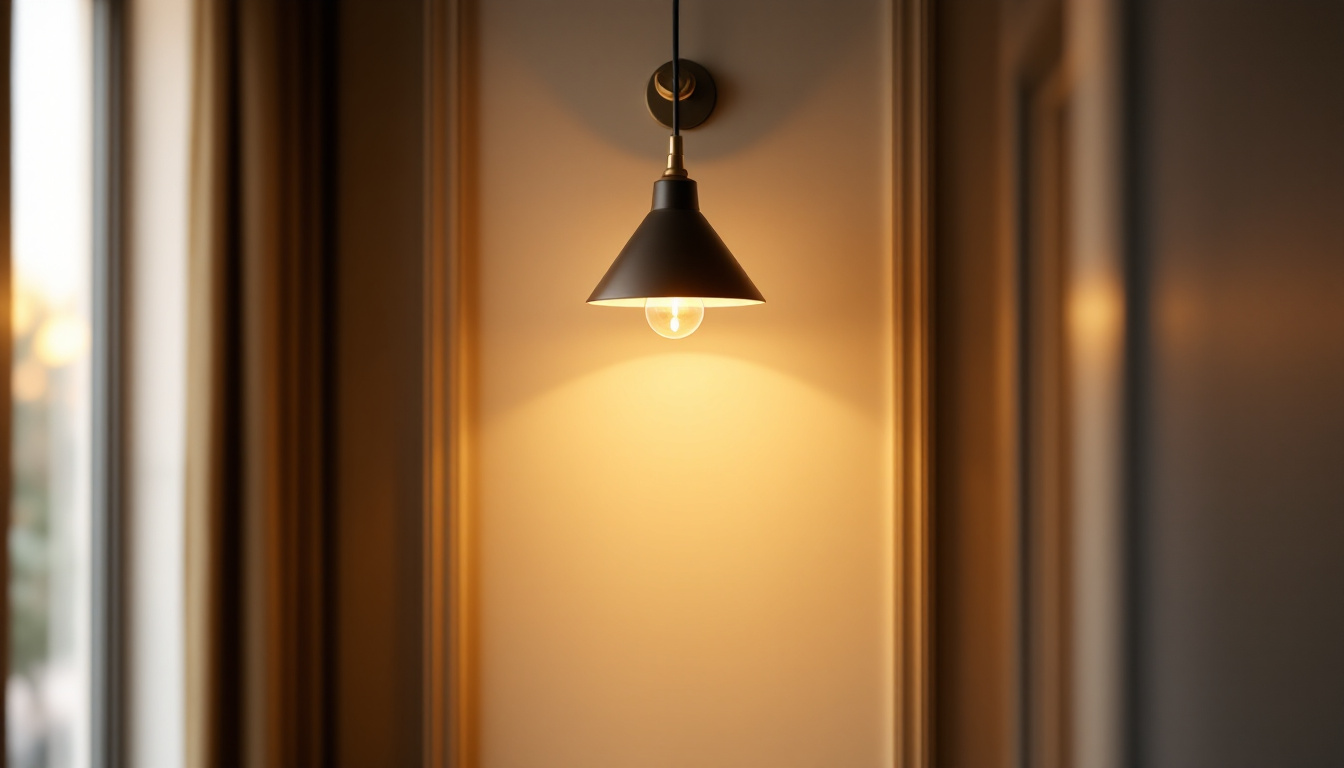
In the world of lighting contracting, understanding the intricacies of shop exhaust fans is essential. These fans play a crucial role in maintaining air quality, ensuring safety, and enhancing the overall working environment in various settings. This guide aims to provide lighting contractors with comprehensive insights into selecting, installing, and maintaining shop exhaust fans, ensuring that their projects meet both client expectations and regulatory standards.
Shop exhaust fans are vital for removing contaminants, excess heat, and humidity from workspaces. They help in creating a comfortable and safe environment for workers, which is particularly important in industries where lighting installations can generate significant heat or fumes. The efficiency of these fans can significantly impact not only the comfort levels of employees but also the longevity of equipment and materials used in the workspace.
One of the primary functions of exhaust fans is to improve air quality. In environments where lighting equipment is installed, dust, smoke, and other particulates can accumulate. Exhaust fans help in expelling these pollutants, thereby reducing the risk of respiratory issues among workers. A clean air environment not only promotes health but also enhances productivity. Furthermore, improved air quality can lead to a noticeable reduction in odors, which is particularly beneficial in workshops where various materials are handled. This not only makes the work environment more pleasant but can also improve employee morale and job satisfaction.
Many industries are governed by strict regulations regarding air quality and ventilation. Lighting contractors must be aware of these regulations to ensure compliance. Proper installation of shop exhaust fans can help meet these standards, thus avoiding potential fines and ensuring a safer workplace. Additionally, maintaining compliance with these regulations can also enhance a company’s reputation, making it more appealing to clients and partners who prioritize safety and environmental responsibility. Regular maintenance of exhaust systems is equally important, as it ensures that the fans operate efficiently and continue to meet the necessary standards over time.
In addition to improving air quality and ensuring compliance, shop exhaust fans can also contribute to energy efficiency within a workspace. By effectively removing excess heat and humidity, these fans can help reduce the load on air conditioning systems, leading to lower energy consumption and reduced utility bills. Investing in high-efficiency exhaust fans can yield significant cost savings over time, making them a smart choice for businesses looking to optimize their operational expenses. Furthermore, many modern exhaust fans come equipped with variable speed controls, allowing for tailored ventilation that adjusts according to the specific needs of the workspace, further enhancing energy efficiency.
When selecting exhaust fans, lighting contractors should consider various types that cater to different needs and environments. Understanding the distinctions between these types can aid in making informed decisions. Each fan type has its unique characteristics and applications, which can significantly impact the effectiveness of ventilation systems in various settings.
Axial fans are known for their efficiency in moving large volumes of air. They are ideal for applications where high airflow is needed without a significant increase in pressure. These fans are typically used in larger spaces where air needs to be moved quickly, making them suitable for workshops and warehouses. Their design allows them to operate quietly, which is an added benefit in environments where noise levels must be kept to a minimum. Additionally, axial fans can be mounted in various orientations, providing flexibility in installation and ensuring optimal airflow in different configurations.
Centrifugal fans are designed to generate higher pressure and are more effective in pushing air through duct systems. They are often used in applications where air needs to be directed to specific areas or where there are longer duct runs. For lighting contractors, these fans can be essential in ensuring that air is effectively exhausted from enclosed spaces. The construction of centrifugal fans typically includes a scroll housing that helps to increase air pressure, making them suitable for systems that require precise air management. Furthermore, they can be equipped with various impeller designs to optimize performance based on the specific requirements of the installation.
Mixed flow fans combine the features of both axial and centrifugal fans, providing a balance between high airflow and pressure. They are versatile and can be used in a variety of applications, making them a popular choice for lighting contractors who require flexibility in their projects. The design of mixed flow fans allows them to operate efficiently in both low and high-pressure scenarios, making them suitable for environments with varying airflow demands. Their ability to handle both exhaust and intake air makes them particularly useful in complex ventilation systems, where maintaining air quality and circulation is crucial for safety and comfort.
In addition to their functional benefits, mixed flow fans often come with advanced features, such as variable speed controls and energy-efficient motors, which can lead to significant cost savings over time. This adaptability not only enhances their performance but also aligns with the growing emphasis on sustainability in the lighting industry. As energy regulations become more stringent, the ability to select a fan that optimizes energy use while meeting airflow requirements can be a game-changer for contractors looking to enhance the efficiency of their installations.
Selecting the right exhaust fan involves considering several factors that can impact performance and efficiency. Lighting contractors should assess these factors to ensure optimal results.
The airflow requirement, measured in cubic feet per minute (CFM), is a critical factor in selecting an exhaust fan. It is essential to calculate the volume of the space and the desired air exchange rate to determine the appropriate fan size. Insufficient airflow can lead to inadequate ventilation, while excessive airflow may result in energy inefficiencies.
Noise levels can significantly impact the working environment. Contractors should consider the decibel rating of the exhaust fans they choose. Fans designed for quieter operation can enhance comfort, especially in spaces where workers are present for extended periods. Selecting fans with noise-reducing features can be beneficial in maintaining a conducive work atmosphere.
Energy efficiency is a crucial consideration, particularly in today’s environmentally conscious landscape. Lighting contractors should look for fans that are designed to consume less energy while providing optimal performance. Energy-efficient models can lead to significant cost savings over time and contribute to sustainability goals.
Proper installation of shop exhaust fans is essential to ensure their effectiveness and longevity. Following best practices can help lighting contractors achieve optimal results.
The location of the exhaust fan is critical for effective air movement. Ideally, fans should be positioned to create cross-ventilation, drawing in fresh air while expelling stale air. Contractors should also consider the proximity to potential sources of contaminants to maximize the fan’s efficiency.
If the exhaust system requires ductwork, it is essential to ensure that the ducts are appropriately sized and installed. Ducts that are too small can restrict airflow, while poorly designed duct systems can lead to increased resistance and energy loss. Proper insulation and sealing of ducts can also enhance performance and energy efficiency.
Regular maintenance is vital for ensuring the longevity and efficiency of shop exhaust fans. Lighting contractors should implement a maintenance schedule that includes inspection, cleaning, and repairs as needed.
Routine inspections can help identify potential issues before they become significant problems. Contractors should check for signs of wear and tear, unusual noises, and any obstructions that may impede airflow. Early detection can save time and money in the long run.
Dust and debris can accumulate on fan blades and within ductwork, reducing efficiency and increasing energy consumption. Regular cleaning of the fan and associated components is essential. Contractors should also ensure that any filters are replaced or cleaned as per the manufacturer’s recommendations to maintain optimal performance.
Lighting contractors may encounter various challenges when working with shop exhaust fans. Understanding these challenges and their solutions can help streamline the process.
Inadequate airflow can be a common issue, often resulting from improper fan selection or installation. To address this, contractors should reassess the airflow requirements and ensure that the selected fan is appropriately sized for the space. Additionally, checking for obstructions in the ductwork can help restore proper airflow.
Excessive noise from exhaust fans can be disruptive in a working environment. If noise levels are higher than expected, contractors should consider installing sound-dampening materials or selecting quieter fan models. Ensuring that the fan is securely mounted can also help minimize vibrations that contribute to noise.
Shop exhaust fans are an integral part of creating a safe and efficient working environment for lighting contractors. By understanding the types of fans available, the factors influencing their selection, and the best practices for installation and maintenance, contractors can enhance their projects and ensure client satisfaction.
As the demand for quality lighting solutions continues to grow, the importance of effective ventilation cannot be overstated. Investing time and resources into understanding and implementing the right exhaust fan solutions will not only benefit the contractor but also contribute to the overall success of their projects. By prioritizing air quality and safety, lighting contractors can establish themselves as leaders in their field, ultimately paving the way for future opportunities and growth.
Ready to elevate your lighting projects with the highest quality shop exhaust fans? Look no further than LumenWholesale, where we provide contractors with spec-grade lighting products at unbeatable wholesale prices. Say goodbye to local distributor markups and hello to superior products that meet the strictest industry standards. With our hassle-free bulk buying and free shipping, you can trust that you’re getting premium lighting at the best value — without any hidden fees. Enhance your project’s air quality and safety today by visiting Wholesale Lighting at the Best Value and experience the LumenWholesale difference.

Discover the common pitfalls lighting contractors face when installing hallway light fixtures.

Discover essential tips and best practices for lighting contractors working with 13W CFL bulbs.

Discover the advantages of T8 LED tube bulbs for lighting contractors, including cost savings, energy efficiency, and enhanced client satisfaction.

Discover expert techniques and innovative strategies for lighting contractors to enhance film set illumination.